- Source:
- @6jigen
Related Article
-

Japanese Twitter User Makes Absolutely Amazing Anime Artwork Using…Excel
-
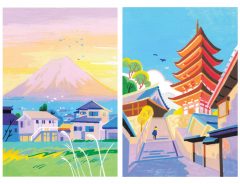
Artist recreates scenes of Japan through pleasing pastel-colored illustrations
-

Samurai Portraits Of Marvel Super Heroes Using Japanese Ink Painting
-
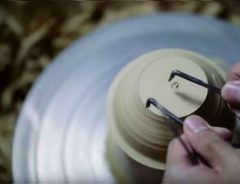
Ridiculously Satisfying Honeycomb Pattern Pottery By Japanese Artist
-
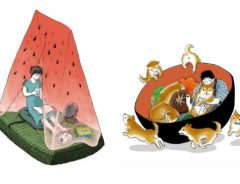
Japanese Artist Turns The World Around Us Into Food In Charming Illustrations
-
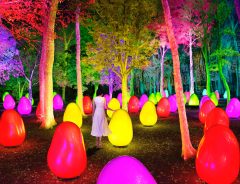
TeamLab art exhibition turns acorn forest into a gorgeous wonderland of color
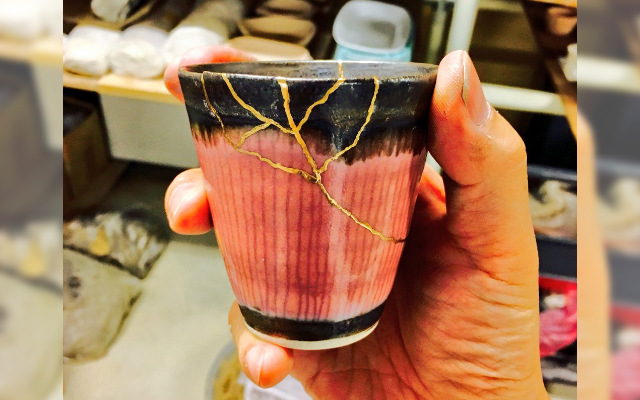


The recent earthquakes that hit the Kyushu region left buildings destroyed, as well as thousands of people seeking refuge at local evacuation centers. Among the wreckage were collapsed homes, and within those houses still rest the disarrayed remnants of the lives that had previously been led inside of them.
Once the buildings are deemed safe enough to back into, it’s possible for those affected by the disaster to return and collect their most valued possessions. But some things are impossible to recover, like shattered ceramics that had been safely stored until the earthquake.
But while the initial train of thought might be to throw away the broken pieces, kintsugi artist Kunio Nakamura is urging people not to.
Kintsugi is a Japanese word that roughly translates to “gold joinery,” and is a traditional ceramic repairing technique that uses special lacquer mixed with gold, silver, or platinum. The technique is about 500 years old.
Source: Twitter
Source: Twitter
Though he spends most of his time working as the owner of bookshop and gallery 6 jigen in Tokyo, Nakamura has continued honing his kintsugi craft over the years. Now, in the aftermath of the massive Kyushu earthquakes, he is offering to repair the broken ceramics — many of them heirlooms and items of sentimental value — of survivors for free.
To those whose precious ceramics have broken during the earthquake. Even if they’re shattered, if you have the pieces, they can be fixed. Family heirlooms and items with sentimental value are one of a kind, and can’t be obtained anywhere else. Please try to collect the broken pieces and save them.
Source: Twitter
Source: Twitter
In a way, kintsugi is an art form that resonates deeply with earthquake survivors. Instead of disguising the damage done to the item, kintsugi incorporates the damage into its aesthetic. The cracked or broken areas become a part of the newly repaired ceramic, and thus part of the object’s history.
Delicate objects are bound to break, but those that are restored become even more beautiful than they originally were.